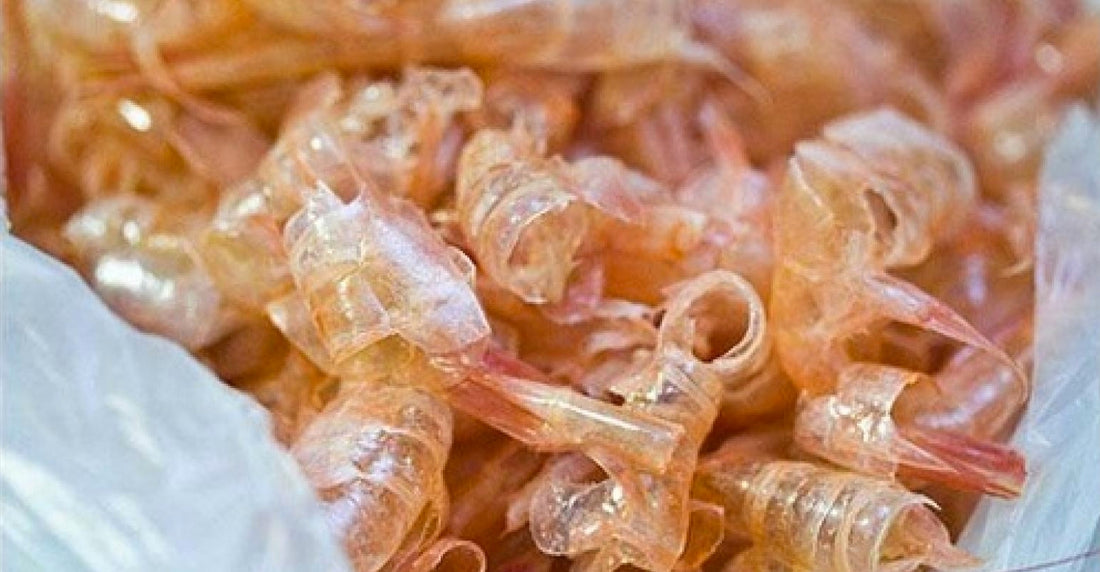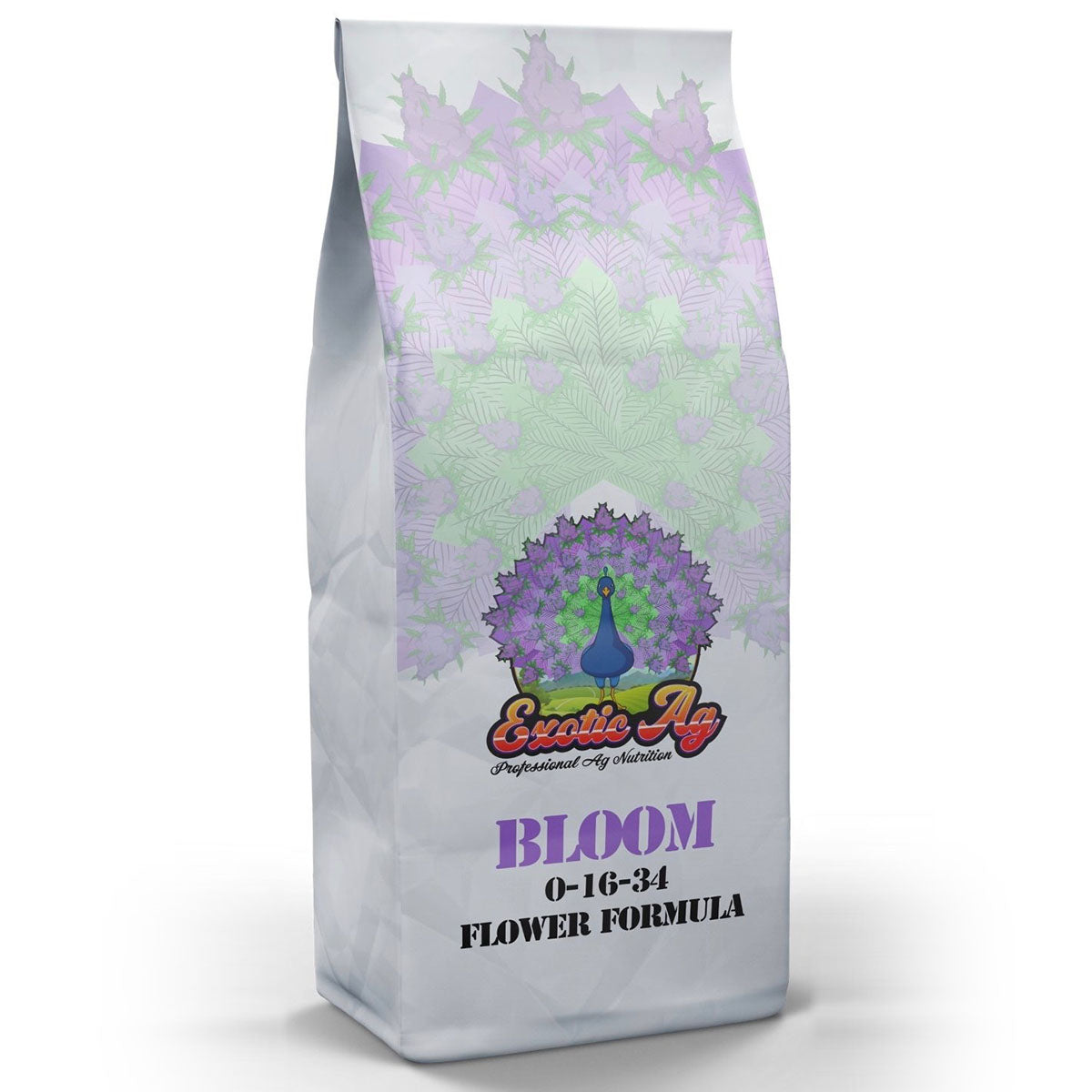Chitin to the Rescue
2 min read
A naturally occurring plant stress and pathogen defence.
As demands for cannabis and hemp increase worldwide, the need to find naturally occurring products to help defend against plant stress and pathogens, while ensuring healthy, high yielding crops is paramount. Of the most tested biomaterials in the marketplace today, the best results were obtained by biopolymer chitosan.
What is Chitosan?
Chitin or chitosan, is found in the exoskeletons of arthropods – the shells of shrimp and other crustaceans. This natural polymer is convenient and largely available as waste and is the second largest renewable carbon source in the world with over 100 billion tons of production per year.
Chitosan for controlling plant disease
The ability of chitin-based materials to promote plant productivity, such as plant growth and increased biomass in cell structures can easily be ascribed to its ability to aid in the control of plant pathogens such as virus, bacteria, fungi and nematodes. Induced Systemic Resistance (ISR) is a resistance mechanism in plants that is activated by infection. Its mode of action does not depend on direct killing or inhibition of the invading pathogen, but rather on increasing physical or chemical barriers of the host plant. Chitosan is known to elicit defense mechanisms in host plants in response to abiotic stress, microbial infection and parasitic nematodes. There is also evidence that chitin can impact soil’s rhizosphere and the phyllosphere, favorably shifting the microbial balance of beneficial organisms while actually damaging plant pathogens.
Chitin/Chitosan’s additional benefits
- Promotes & enhances plant growth & vigor
- Stimulates nutrient uptake
- Allows a plant to grow with less water.
- Increases height, canopy diameter and leaf area
- Strengthens seed vitality
- Helps in the agronomic utilization of marginal lands.
Conclusion
Chitin/Chitosan has multiple beneficial applications in agriculture. It is a largely available, environmental-friendly, long-chain polymer that can aid in crop health and yields, improving fertility and plant resilience and serves as an effective alternative to the widespread use of environmentally hazardous chemical pesticides currently used in crop production.



